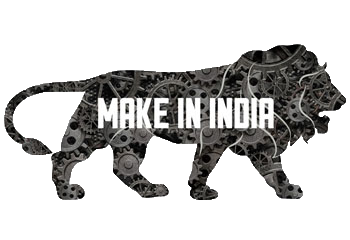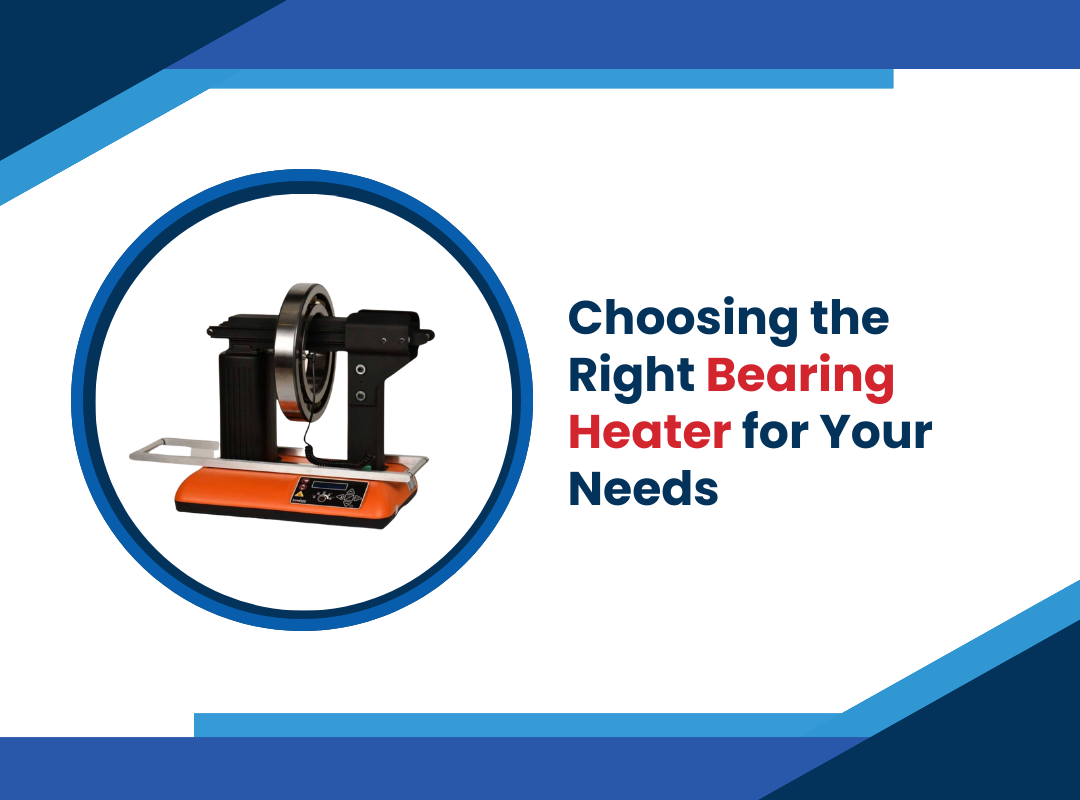Proper lubrication is essential for the performance and longevity of bearings in industrial equipment. However, in cold environments or applications with temperature cycling, greases, and oils can lose viscosity and not properly coat the bearing surfaces. This leads to increased wear, noise, vibration, and potential failure. A bearing heater is an effective way to ensure proper lubrication in these conditions.
When selecting a bearing heater, there are several key factors to consider based on your specific application and needs:
Heating Method
There are three main types of heating methods used in bearing heaters:
- Electric – Electric running heaters use heating coils encased in a metal jacket. Electric heaters tend to heat faster and are preferred for intermittent or portable applications. However, they can be less energy efficient for continuous operation.
- Fluid – Fluid bearing heaters pipe hot oil or other heat transfer fluids through coils in contact with the bearing. They provide very even heating and temperature control. Fluid heating is famous for large permanent installations.
- Induction – Induction bearing heaters use magnetic fields to induce currents and instantly heat the bearing. Induction allows very rapid heating cycles without contact with the bearing. It also avoids overheating problems. The downside is induction heaters have higher upfront costs.
Determine the primary heating method that aligns with your specific application requirements. Factors like duty cycle, portability needs, temperature requirements, and energy efficiency preferences will inform the ideal heating method.
Temperature Rating
The maximum temperature rating is essential to ensure the bearing heater matches the oil or grease used in the bearing. Most bearing greases and oils should not exceed temperatures of 230-240°F during operation. Excess heating degrades the lubricant over time. At the same time, the heater must reach a sufficient temperature during cold startup or low ambient conditions. Typically, look for heaters with maximum ratings between 200-250°F.
Duty Cycle & Watt Density
The application’s duty cycle determines how often the bearing heater cycles on and off. Frequent heating requires higher watt-density heaters designed for rapid heat-up times. Low-watt density heaters may suffice for intermittent or periodic heating needs. High watt densities also compensate for heat losses from equipment like fans or poor insulation. Select the appropriate power density heater for the runtime per hour needed.
Size & Fit
The bearing heater must adequately fit the bearing housing with direct contact to transfer heat into the inner and outer races effectively. Heater vendors provide models with different diameters, widths, and designs to accommodate various bearing sizes and configurations. Custom heaters are also available for unique footprints. Ensure you have the correct measurements to choose the optimal size and shape. Consider future bearing replacements or upgrades when sizing.
Monitoring & Control
Accurate temperature monitoring and control prevent bearing overheating while still reaching optimal temperature. Look for heaters offering integrated or attachable thermal sensors and controllers. PID controllers precisely regulate temperatures. More advanced network-capable controllers provide health monitoring, diagnostics alerts, and data tracking. Choose the level of heating control appropriate for the reliability needs and budget.
Safety Features
As high-temperature electrical equipment, bearing heaters must incorporate adequate safety mechanisms. This includes over-temperature safety cutoffs to avoid excess heating during controller failures. Additionally, heaters operating above 48V require current leakage detection. Other standard safety certifications include UL, CSA, CE, ATEX, Class 1 Division 2, etc. Review safety mechanisms for compliance with equipment and facility standards.
Top Bearing Heater Manufacturers
Trusted bearing heater manufacturers include Tempco, Dalton, Thermal Care, Chromalox, Ropey, Wattco, and Honeywell. Evaluate companies based on heater design expertise, range of options, customization availability, and local distribution and technical support. Also, research any warranty, after-sales service, and maintenance training offerings. Partnering with an experienced manufacturer ensures high system performance and simplified maintenance.
Configuration Options
Standard circular bearing heaters must be sized to the outer bearing race diameter. However, not all applications use typical round bearings or allow heaters in direct contact. Configurations like V and U-shaped heating jackets, array designs, and other custom shapes provide flexibility. Insulated bearing insulation covers also redirect heat instead of contact. Carefully measure the area needing heat and discuss configuration options compatible with the equipment.
Peripheral Components
The heating element is only one component within the bearing heating system. Ensure any peripheral parts, like insulation, sensors, thermostats, controllers, power supplies, conduits, etc., are correctly integrated. Thermal insulation traps heat around the bearing while protecting other equipment. Verify additional components are rated for the heater’s voltage, power levels, and maximum temperatures. Consider lead times and availability for all peripheral parts during selection.
Testing & Validation
After choosing the bearing heater, schedule testing time to validate performance before full production implementation. During testing, measure surface temperatures, heat-up rates, control stability, and temperature uniformity across the bearing. Compare results against targets to identify configuration adjustments needed, like tighter insulation or higher watt density. Address issues proactively rather than finding problems mid-production.
Bottom Line
Choosing and implementing the optimal bearing heater improves equipment reliability in cold or cycling process temperature conditions. However, the range of heater specifications and options creates a daunting selection process based on thorough upfront assessment; you can have complete confidence in the purchased bearing heater’s capabilities even in harsh production environments. Proper heating delivers lubrication assurance, an excellent bearing life, reduced maintenance costs, and avoidance of unplanned downtime from premature bearing failures.


